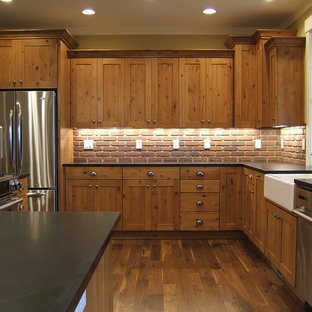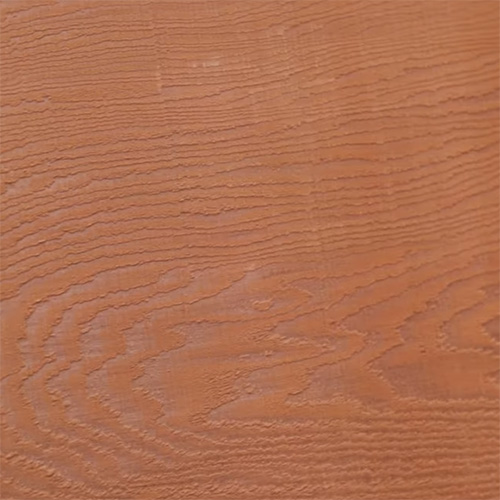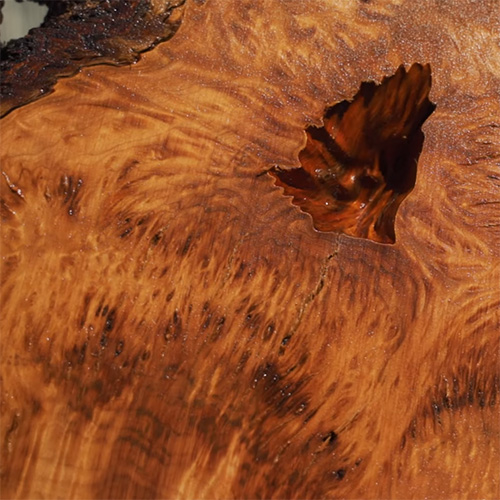Spruce (Sitka)
[Picea sitchensis]
Combining its sheer size with its amazingly varied, historical importance – from its impact on the Pacific Northwest to its role in the Wright Brothers first manned flight in 1903 – the Sitka Spruce easily ranks among the most significant tree species on Earth.
A large, coniferous evergreen, growing natively along the West Coast of North America, from the Kenai Peninsula in Alaska down to Northern California, the species derives its name from the Sitka community on Alaska’s Alexander Archipelago.
A long-lived tree, sometimes reaching 700 years of age, the Sitka Spruce can grow rapidly under favorable conditions – temperate rainforests within a few miles of the coastline – with the potential of reaching up to 330 feet tall and 16 feet across (DBH).
Impressive dimensions that easily make the Sitka variety the largest Spruce species on earth and the 5th largest conifer in the world (by volume) — after the Giant Sequoia, Coast Redwood, Kauri, and Western Red Cedar. Its majestic height also ranks the Sitka Spruce as the 3rd tallest conifer species on the planet, trailing only the Coast Redwood and coastal variety of the Douglas-fir.
No surprise, the Sitka Spruce provides critical habitat and food source for a large variety of mammals, birds, reptiles, and amphibians — including the blue grouse, bald eagles, peregrine falcons, and Sitka deer.
But the species has also played a vital role in human prosperity, beginning with the indigenous people of the Pacific Northwest.
For millennia, Native Americans and Native Canadians relied on the Sitka Spruce for nearly every aspect of life — as a food source, medicinal purposes, waterproofing boats and fishing gear, home construction, hats, baskets, ropes, twine, and fishing line. The tree was so culturally significant it was incorporated into the winter dance ceremonies of the local tribes.
And when the European explorers came on the scene, they quickly adopted the many practical uses of the tree as well. Especially as a valuable source of timber and paper production.
Not only that, the early fronterisman also recognized the Sitka Spruce as a pioneer species, able to flourish outside its native range, capable of rapid growth on poor soils and exposed sites – like landslide areas, sand dunes, uplifted beaches, and deglaciated terrain – where few other tree species could prosper, much less revitalize the terrain.
For all these combined benefits, the species was introduced to Europe in 1831 by David Douglas (the namesake of the Douglas-fir) — beginning in Great Britain and Ireland, where Sitka Spruce plantations are now the dominant forest type, comprising 25% of the forest cover in the former and 52% in the later. In the early 20th century, the species was also planted extensively in Denmark, France, Norway, and Iceland, all places where it flourishes to this day.
Back in its native environment, despite more than a century of heavy logging that has greatly decreased the original Sitka Spruce forest, the species remains a valuable commercial lumber.
A light-weight wood available in large, straight-grained pieces, it’s surprisingly strong, even more so than the same weight component made of steel. This amazing strength-to-weight ratio easily made the Sitka Spruce a preferred wood in the shipbuilding and aircraft industries.
In fact, Sitka Spruce was the wood used by the Wright Brothers to build the Wright Flyer, the original plane they used in 1903 to make the first powered, controlled, sustained airplane flight in Kitty Hawk, North Carolina. During World War II, the wood was also an invaluable substitute for the strategically important aluminum in building aircraft, notably the British Mosquito bombers.
As if defying gravity wasn’t amazing enough, the Sitka Spruce also possesses supreme acoustic properties. Making the exceptionally resonant wood the material of choice used for manufacturing soundboards in pianos, guitars, violins, and harps.
To top it off, the tips of newly grown Sitka Spruce branches are often used to flavor Spruce beer or boiled to make delicious syrup.
With such an impressive resume, you might think the appearance of the wood could have a hard time competing with all its other fine qualities. But that’s hardly the case — Sitka Spruce presents an elegantly mesmerizing look.
It’s wide, beautiful creamy white to light yellow color sapwood is offset by a light pinkish brown heartwood. And while it usually has a consistently straight grain – with a fine even texture – some Sitka Spruce pieces exhibit a special grain pattern known as “Bearclaw.”
A giant in the wood industry, both literally and figuratively, the Sitka Spruce is an elite choice for furniture, musical instrument soundboards, aircraft components, and shipbuilding.
Species Distribution:
Northwestern North America
Alaska
British Columbia
Washington
Oregon
California
Janka Hardness:
510 lbf
Sustainability Status:
CITES Appendices: Not listed
IUCN Red List of Threatened Species: Listed as a species of least concern.
Related Species:
Black Spruce (Picea mariana)
Engelmann Spruce (Picea engelmannii)
Norway Spruce (Picea abies)
Red Spruce (Picea rubens)
White Spruce (Picea glauca)








